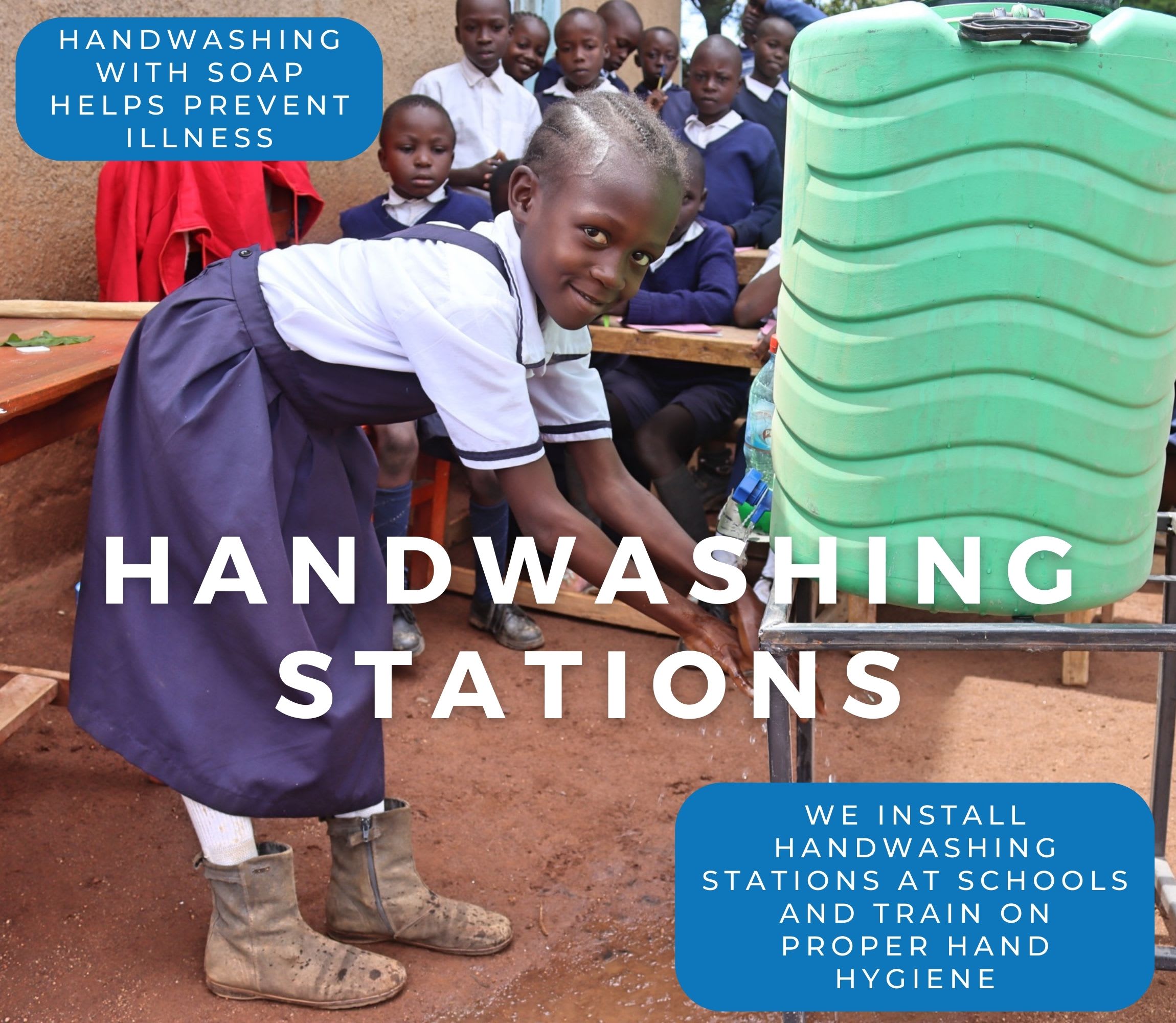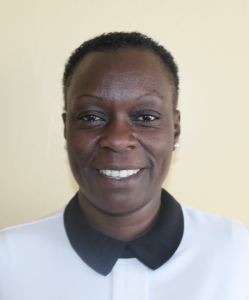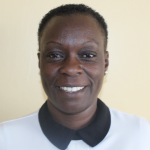Mahira Secondary School has a large student population of 541 and a team of 20 teachers. Collectively, they are facing a serious water crisis that affects their health, safety, and academic performance.
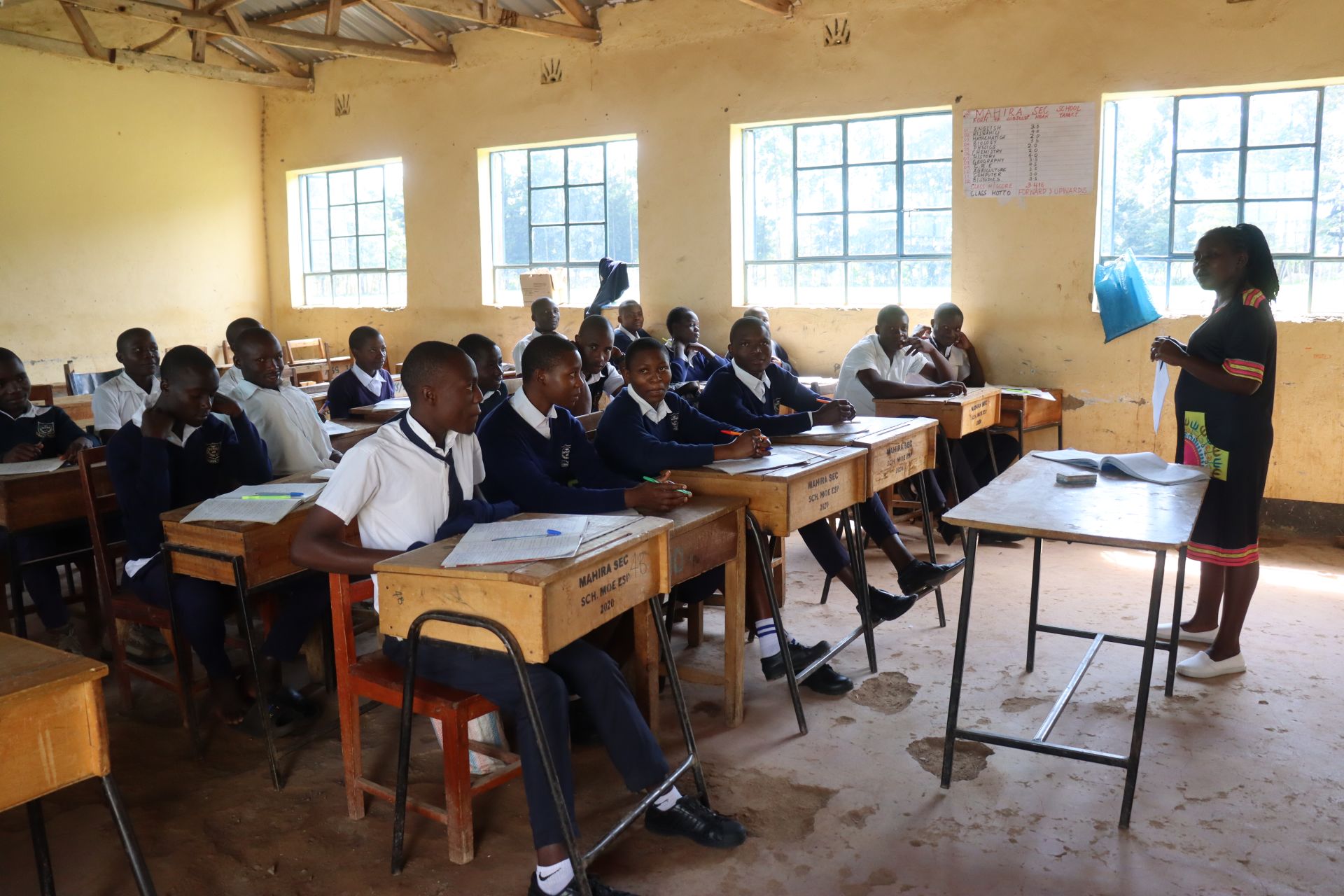
The school relies on three main water sources: off-campus, there is a protected dug well and a protected spring, and on campus, rainwater is collected. Each of these sources presents challenges. The dug well is overcrowded and sometimes contaminated; moreover, it takes students an average of 35 minutes per trip to collect water.
The protected spring is even farther from the school, requiring the students to take long walks followed by long queuing times. It wastes the time that they need to spend in class.
The rainwater harvesting system at the school can provide temporary relief. Still, its limited storage capacity means the tanks quickly run dry during the dry season, leaving students to scramble for alternative sources.
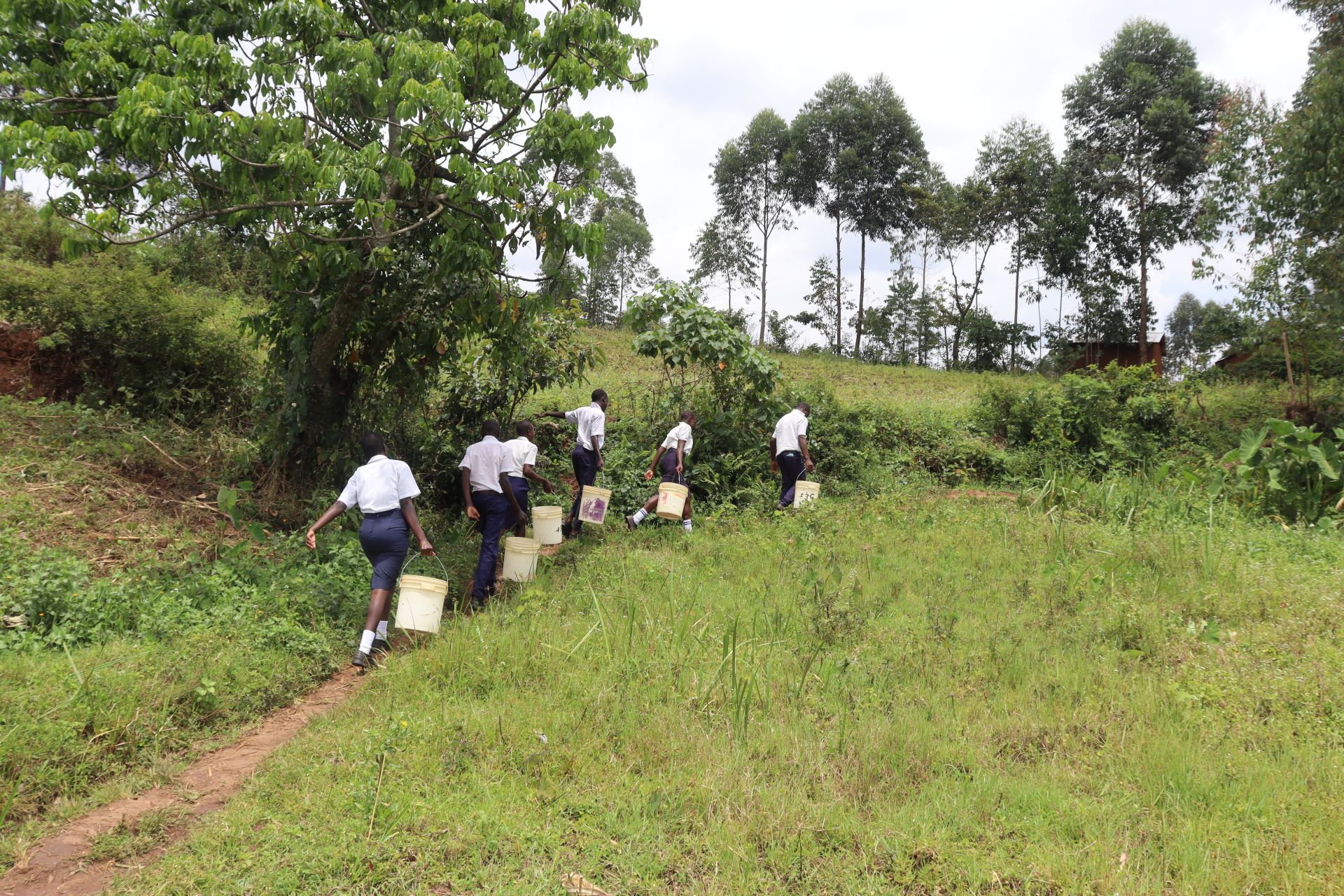
Students walk to collect water.
Because none of these sources are readily accessible or reliable, students are often forced to bring water from home, which is often collected from unsafe places. This has led to water-related health issues such as diarrhea and stomachaches, costing students more time outside the classroom while they recover.
17-year-old Mercy is far too familiar with this disheartening scenario.
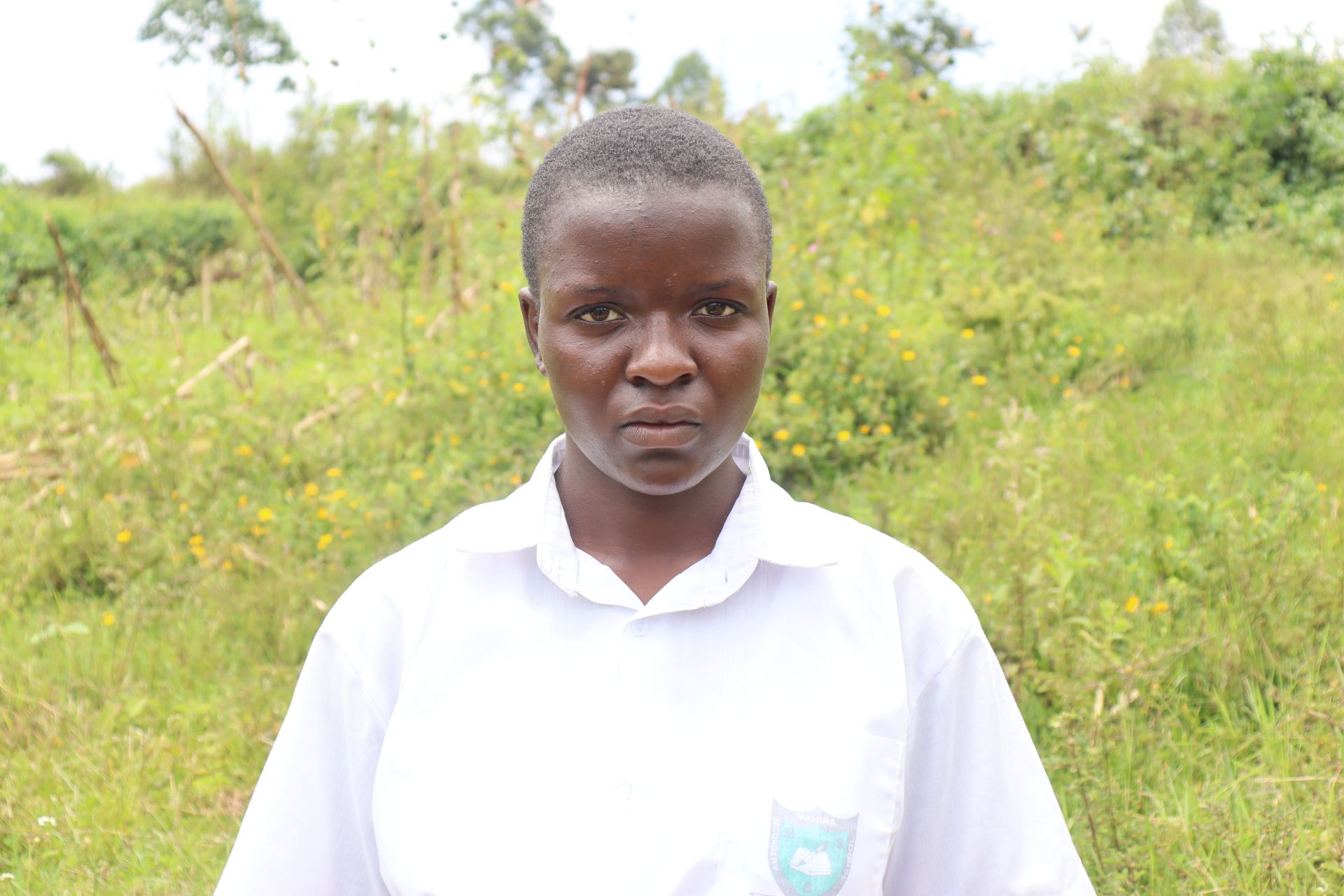
Mercy.
"After drinking dirty water from the spring at home, I began to feel [a] fever, stomachache, and diarrhea. I was taken to a local health center for treatment. I visited the local dispensary, where I received treatment for the waterborne diseases, after which I proceeded home, where I stayed for three days to get better as I took the medicines," recalled Mercy.
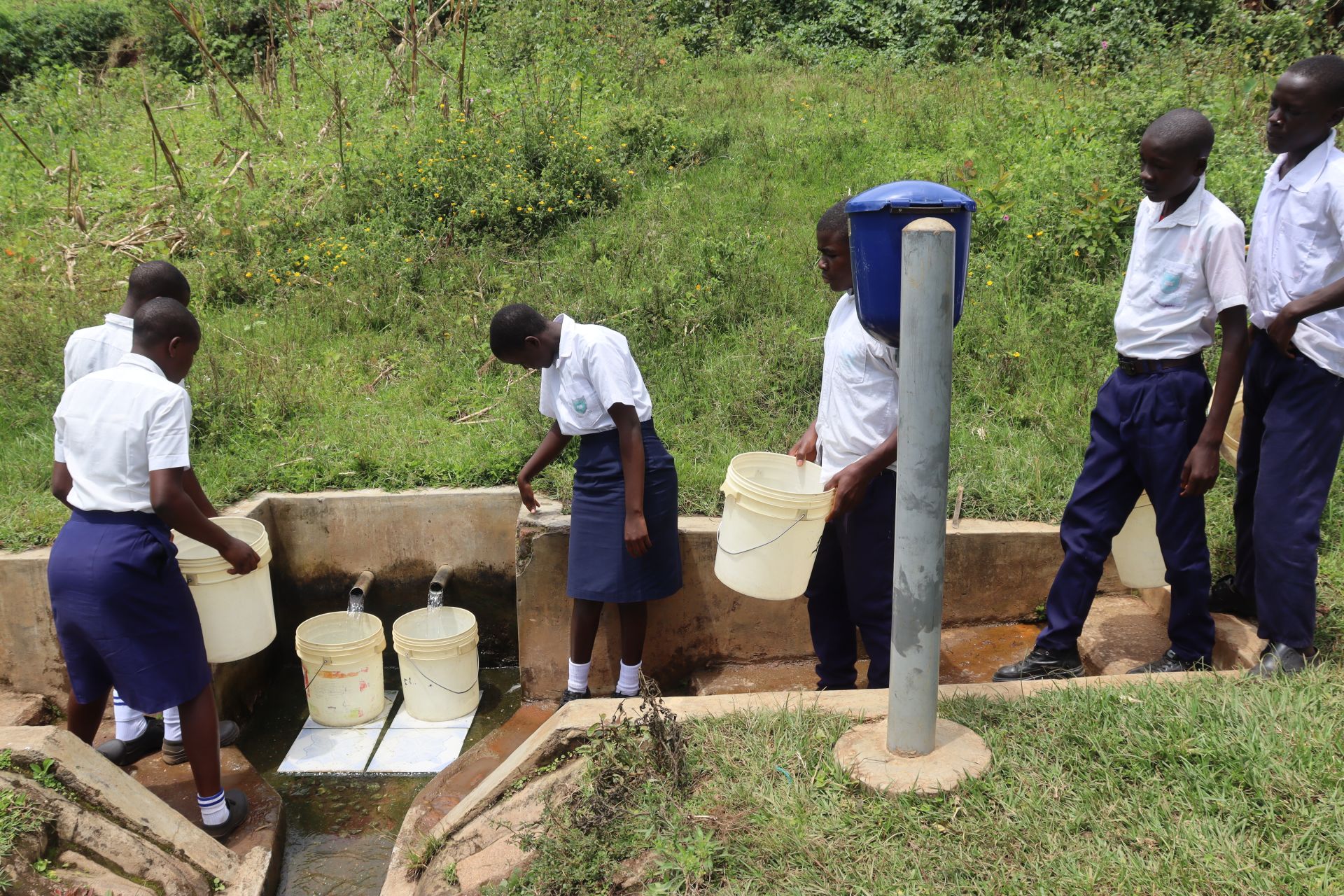
Students wait for their turn to collect water from the faraway spring.
Mercy is not alone in this struggle. Many students miss valuable learning opportunities, which deprive them of important learning experiences.
Without intervention, the students and staff are left to suffer in this never-ending battle. It's exhausting and defeating, stealing hope of a brighter future.
Mercy has plans for the future to make a difference, but she is unsure if she will see them come to pass, given the persistent pressure of poor health and limited water accessibility that weighs down on her.
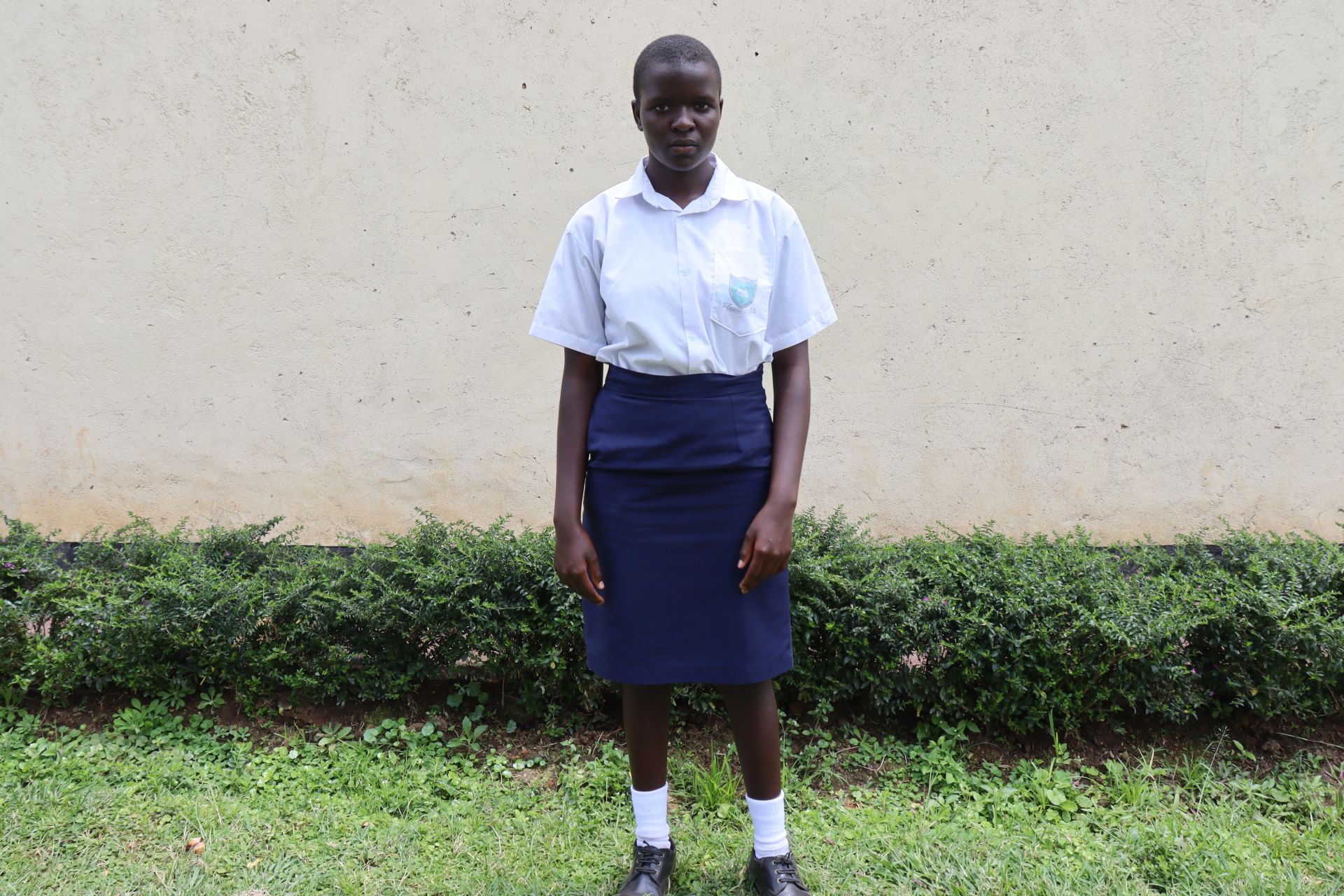
"My future plans are to put in more effort [into] my studies and, after completing my studies, get a decent job that will help me support my community to access clean, safe, and quality water," Mercy declared.
Providing clean, safe, and reliable water on campus will directly benefit the students and their teachers. It will improve health and grant students time to learn and dream about a brighter future. Clean water is not just a need; it’s essential for the success of the entire school community.
Steps Toward a Solution
Schools without reliable, on-premises water access often rely on students to fetch and carry water, leading to rationing and uncertainty about water quality. The water is typically poured into a communal storage tank and used by the entire school. With children carrying water from all different sources, it is also impossible for teachers and staff to know exactly where the water comes from and how safe it is to drink.
A new water point will be located on-premises at the school to ensure accessibility, reliability, and safety for students, teachers, and staff while meeting our school coverage goals. Having water available at the school allows children to drink, wash hands, and use sanitation facilities without leaving school grounds, preventing disruptions to lessons and reducing safety risks. A dedicated source increases water availability, reduces reliance on stored water, minimizes rationing, and ensures confidence in the safety of the water. This means staff and students are healthier, and their lessons aren’t disrupted, contributing to a better education!
Our technical experts worked with the school leadership and local community to identify the most effective solution to their water crisis. They decided to drill a borehole well, construct a platform for the well, and attach a hand pump.
Well
Abundant water often lies just beneath our feet. Aquifers—natural underground rivers—flow through layers of sediment and rock, offering a constant supply of safe water. A borehole well is drilled deep into the earth to access this naturally filtered and protected water. We penetrate meters, sometimes even hundreds of meters, of soil, silt, rock, and more to reach the water underground. Once found, we construct a platform for the well and attach a hand pump. The community gains a safe, enclosed water source capable of providing approximately five gallons of water per minute. Learn more here!
Our proposed water point can only serve 300 people per day. We are working with the community to identify other water solutions that will ensure everyone has access to safe and reliable drinking water.
Handwashing Stations
Alongside each water source, we install two gravity-fed handwashing stations, enabling everyone at the school to wash their hands. Handwashing is crucial for preventing water-related illnesses within the school and community. Student “health clubs” maintain the stations, fill them with water, and supply them with soap, which we often teach them how to make.
Latrines
We will construct two Ventilated Improved Pit (VIP) latrine blocks designed to prevent fecal disease transmission. Each latrine features a cement floor, making it easy to use and clean regularly. Three stalls will serve the girls, and three will serve the boys.
School Education & Ownership
Hygiene and sanitation training are integral to our water projects. Training is tailored to each school's specific needs and includes key topics such as proper water handling, improved hygiene practices, disease transmission prevention, and care of the new water point.
To ensure a lasting impact, we support forming a student health club composed of elected student representatives and a teacher. These clubs promote hygiene practices schoolwide and keep handwashing stations well-stocked. This student-led model encourages a sense of ownership and responsibility.
Safe water and improved hygiene habits foster a healthier future for everyone in the school and the surrounding community.
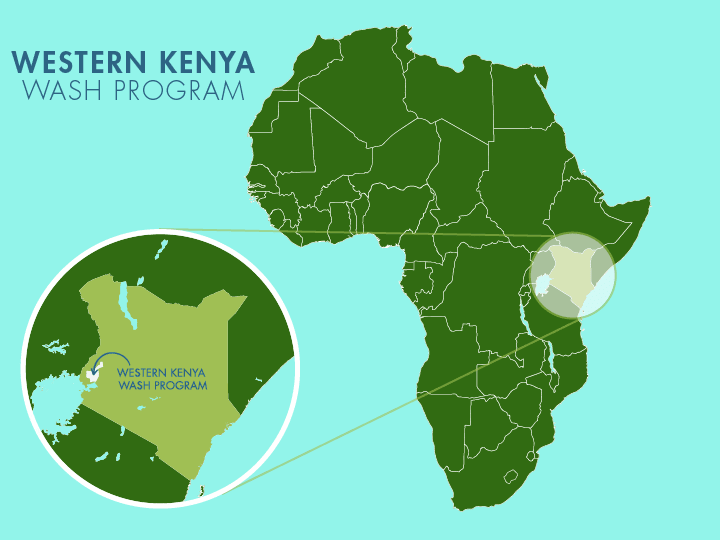
 Borehole Well and Hand Pump
Borehole Well and Hand Pump
 Rehabilitation Project
Rehabilitation Project





